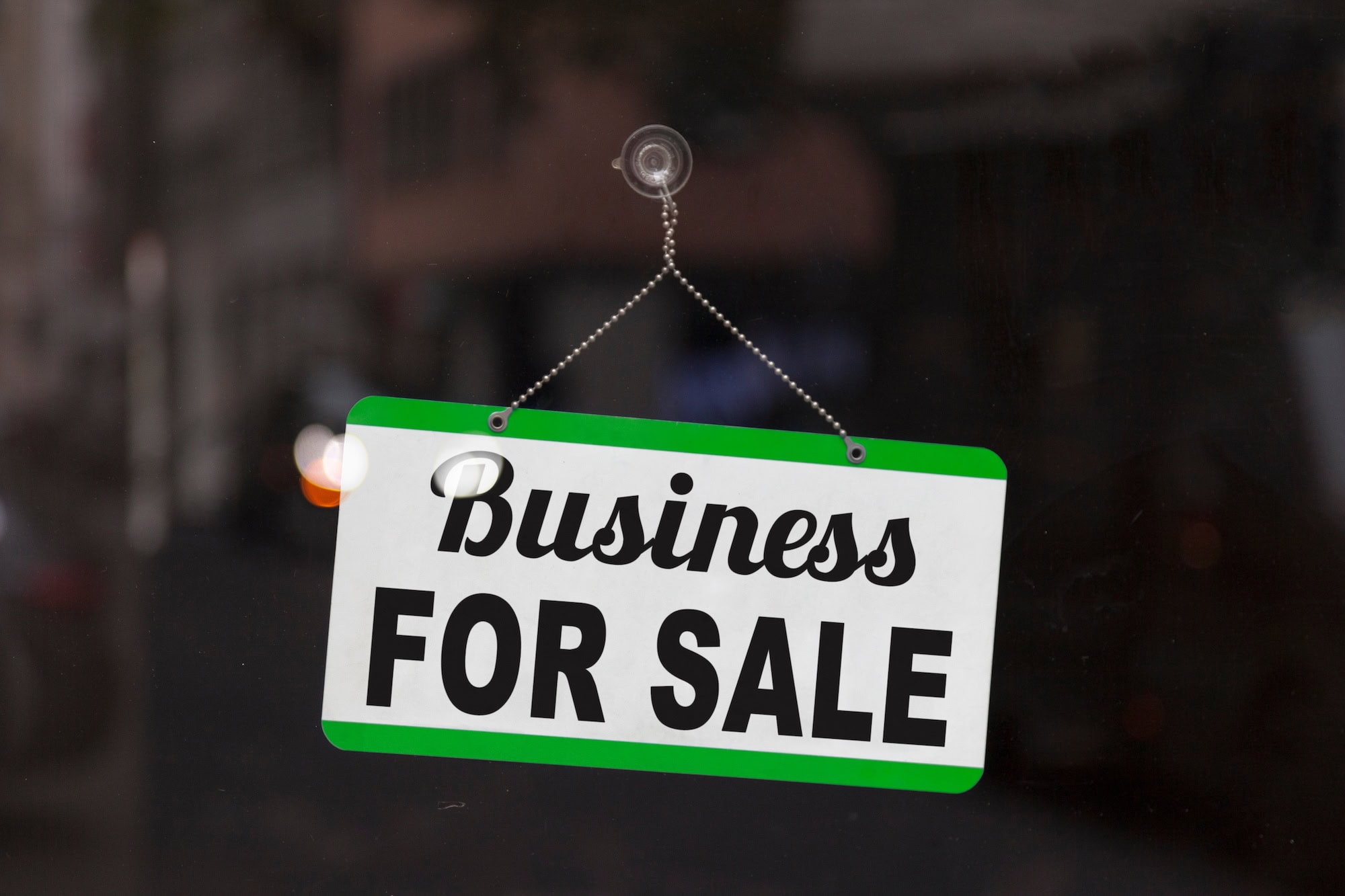
There is a lot of talk these days in the media about inflation, and since it is a part of normal economic cycles it is worth exploring as a business owner.
What do we mean by inflation?
It’s important to note that we are not talking about hyperinflation (such as Venezuela, Zimbabwe, or 1920’s Germany), those are doomsday scenarios and we will leave that to the pundits. Also worth saying, the context of this article is small business management, not investing. We are not financial advisors, we are CFO’s and we will keep the topics in this article well within the business. Normal economic cycles include four stages: expansion, peak, contraction, and trough. Wise business owners have a plan to navigate each of these stages.
What’s the big deal?
The resulting effect of inflation on the business is in the value of cash, revenue, expenses, and assets. The first obvious impact is cash reserves are worth less. When the value of a dollar decreases, the amount budgeted on widgets last year will get fewer widgets this year. Labor expenses typically rise as employees are dealing with rising prices in their personal lives. Conversely, you may find the value of some assets increasing- usually real estate or commodities like steel or lumber.
Often during inflationary cycles we see supply chain issues, which can make it hard to get materials. This obviously has an effect on pricing as well as an impact on scheduling and estimating. These shifting landscapes can be quite unnerving if business owners aren’t prepared.
How do I make a business plan to address inflation?
Business owners should have a plan for inflationary cycles. The plan should include metrics you will use to measure success and any actionable next steps that should take place and at what point during the cycles. At Lucrum we are big fans of ITR Economics. The Beaulieu brothers have a great following and make complex topics easy to understand. We recommend starting with their monthly newsletter and consider their monthly webinars.
Our advice to our clients to deal with inevitable inflationary pressure is:
- Calculate Real Income – One of the first and most important things to do is track net income against the inflation rate, also known as real income. As the inflation rate rises, profit effectively decreases. In low-margin businesses this can evaporate value, and ultimately equity. If you’re unsure of how to track your net income to inflation, give us a call. This is something any CFO worth their salt will be able to do.
- Adjust Contract Lengths – Consider longer term contracts for materials or certain expenses. If the price of expenses is expected to go up, locking in pricing with a long term contract could help protect the budget. It can be attractive to vendors as well, guaranteeing revenue which can help them plan and budget in uncertain times.
- Time Your Debt Wisely – Wise business owners are never cavalier about debt. Having said that, large purchases that need to be made are best made before the price goes up. If the business needs equipment, land, or other assets it is worth considering before inflation hits. In this case, the business borrower benefits by borrowing cash when it is worth more and paying it off with money that is worth less than when it was first borrowed. If your business needs advice on these types of moves, reach out to Lucrum.
- Optimize Pricing – Finally, in light of the insights gleaned from the steps listed above, it may be a good idea to adjust pricing. Kneejerk price hikes without a careful understanding of the broader impact of inflation could alienate customers, or provide opportunities to competitors (who made smarter pricing decisions). Creating value through marketing and improving the customer experience is a smart move in advance of inflationary price hikes. These strategies can impact your pricing power, or how much customers are willing to pay for your product or services, and allow you to raise prices while keeping customers satisfied. You may also want to start targeting less price sensitive customers if you know you will need to raise prices during the inflationary cycle to keep the business profitable. Finally, consider tying pricing increases to an index such as the Producer Price Index (PPI) or it’s more well-known cousin, the Consumer Price Index (CPI).
When building a business plan there are a lot of moving parts. Many decisions are made on collections of information and other decisions. Any errors or assumptions in that information can have drastic effects on the profitability of the business. Reliable, accurate books are key. Lucrum can help your business get and keep the books in order. Once that is in place, reach out to us for the insight of experienced CFO’s. Our fractional CFO offerings make this type of wisdom and leadership available to small businesses who could not afford it otherwise. We help you ask the right questions… and get the right answers. This helps you lead your business with confidence.



